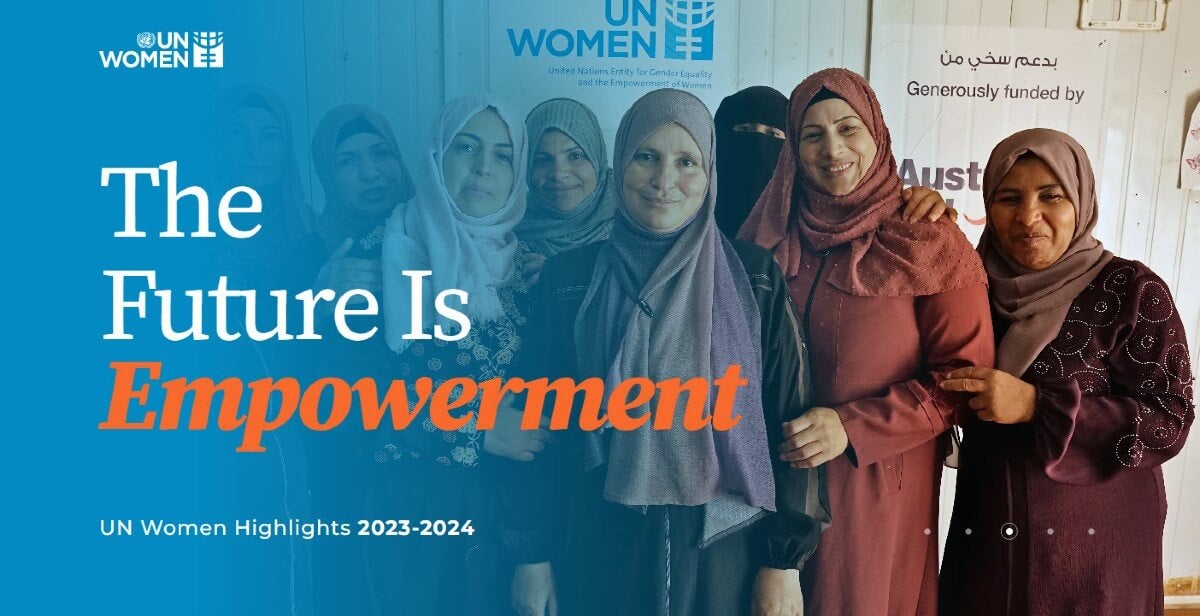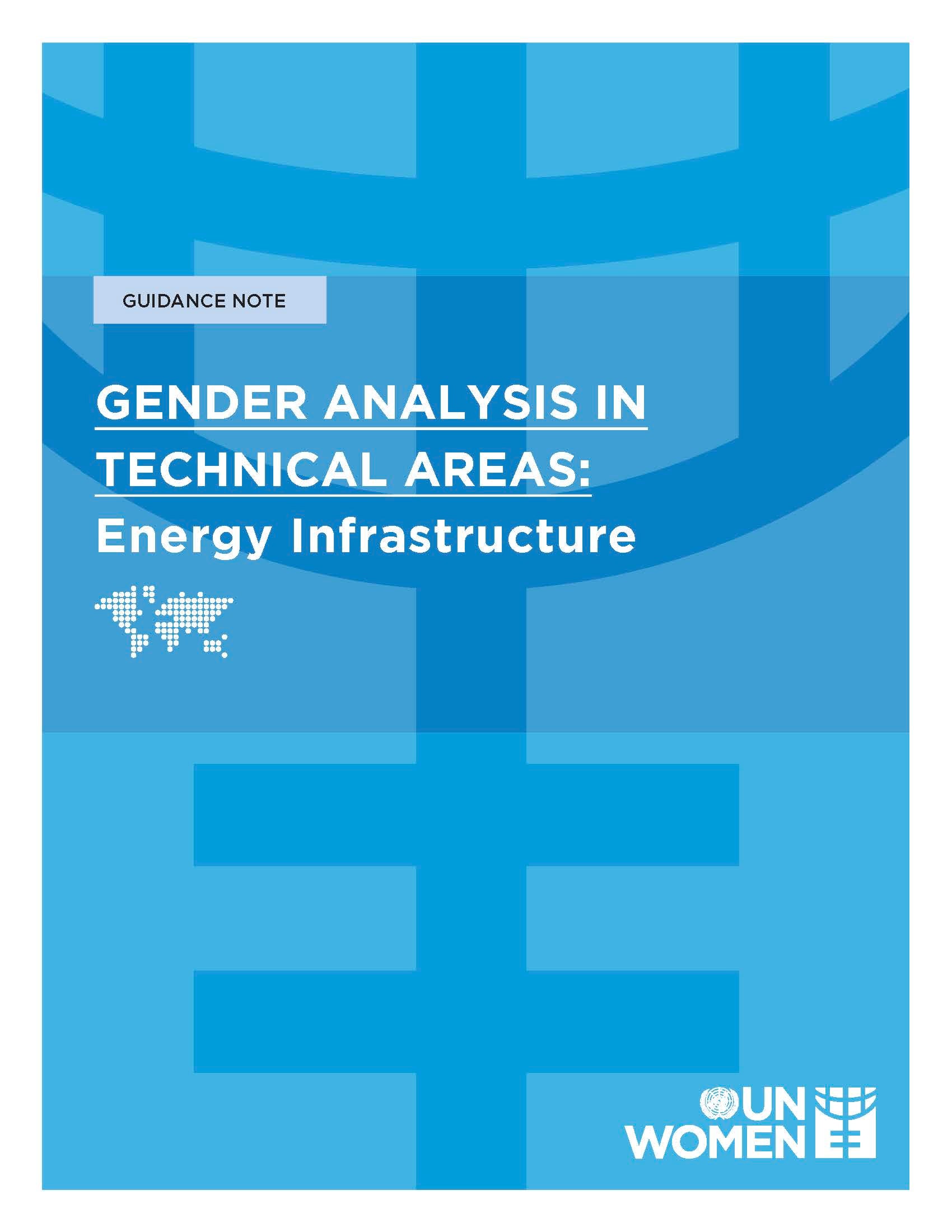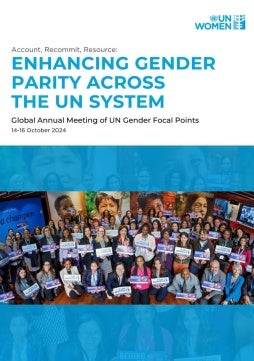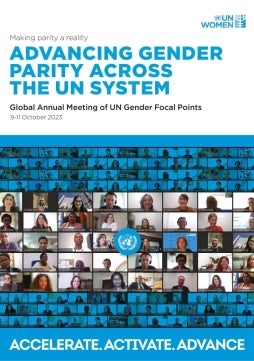Gender Analysis in Technical Areas: Energy Infrastructure
Gender analysis was identified as the fundamental starting point for gender mainstreaming in the 1995 Beijing Platform for Action and the 1997 agreed conclusions of the UN Economic and Social Council. It constitutes the first and foundational requirement of all efforts to mainstream gender equality perspectives into all work of the UN system.
Gender analysis is now commonly embedded in programmatic work in socio-economic sectors often traditionally associated with women, such as education and health. Yet, significant gaps remain in the incorporation of gender perspectives in emergent and less traditional thematic areas, such as climate change adaptation, disaster risk reduction, and insurance, among others.
This publication, developed in consultation with the United Nations Inter-Agency Network on Women and Gender Equality (IANWGE), is part of a capacity-building initiative aimed at enhancing the capacity of sector specialists and gender focal points to produce and utilize gender analysis in their work.
The focus in this guide is the thematic area of energy infrastructure, which is a sector dominated by men and where gender analysis can provide vital data to practitioners on the key entry points for integrating gender equality and social inclusion into energy infrastructure projects. Therefore, this guide provides simple and practical tips, steps and checklists to conduct a gender analysis and offers examples of good practices.










